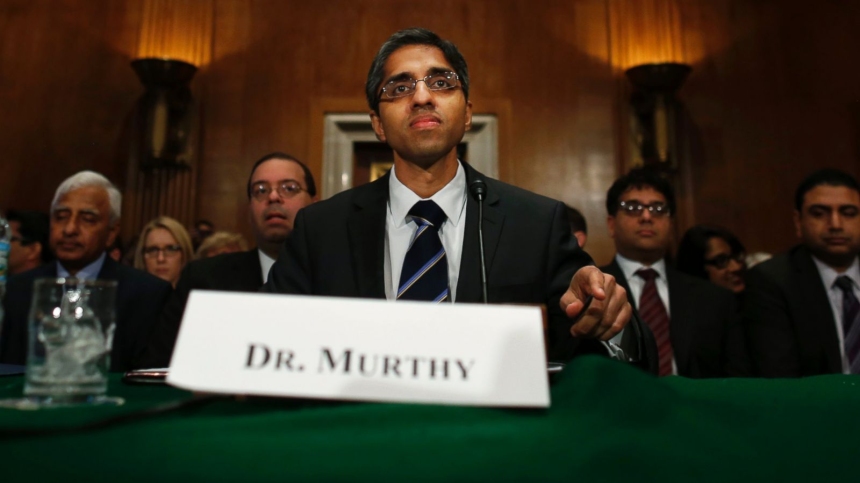U.S. Surgeon General Vivek Murthy has advocated for the introduction of warning labels on social media apps, emphasizing the potential mental health risks these platforms pose to young people, particularly adolescents. Murthy articulated his stance in the New York Times, suggesting that while a warning label alone may not render social media safe, it could significantly raise awareness and prompt behavioral changes. The necessity for such a measure to be enacted hinges on legislative approval from the U.S. Congress, making it a matter of national regulatory action. More on this initiative can be found here.
Mental Health Concerns
The Surgeon General has consistently highlighted the detrimental impact social media can have on youth mental health. Last year, Murthy issued an advisory calling on tech companies to implement protective measures for children during critical brain development stages. Supporting his position is a 2019 study by the American Medical Association, which indicated that teenagers who spend at least three hours daily on social media double their risk of developing depression. This context frames Murthy’s recent call for enhanced protective strategies as a continuation of ongoing efforts to combat these mental health challenges.
State-Level Legislative Actions
Several U.S. states have already made moves to protect children from social media-related harm. Recently, New York passed legislation requiring social media platforms to avoid exposing minors to addictive algorithmic content without parental consent. Similarly, Florida has enacted measures that prevent children under 14 from accessing social media and mandate parental consent for 14- and 15-year-olds. These state-level regulations indicate a growing recognition of the issue and a proactive approach to safeguarding youth.
Historically, similar initiatives have been seen in the legislative landscape. Various states have introduced and passed regulations aiming to curb the adverse effects of social media on youngsters. The direction these laws are taking signals a broader societal concern that aligns with Murthy’s recent proposal. Comparing these actions demonstrates a tendency toward firmer and more structured regulatory frameworks aimed at mitigating mental health risks for adolescents.
Advocacy groups and policymakers have pointed out that greater regulatory efforts are needed to complement existing measures. The mounting research corroborating the negative impact of excessive social media use among adolescents substantiates the calls for systematic intervention. This history of regulation and ongoing studies underscores the urgency of Murthy’s recommendation and the need for comprehensive protective strategies.
Legislative efforts combined with public awareness campaigns could potentially change how social media platforms operate and interact with young users. While surgeon general warning labels are a step in the right direction, considering additional measures such as stricter content moderation and parental control enhancements could further mitigate the adverse effects on mental health. With growing evidence of social media’s impact, a balanced approach that incorporates regulatory oversight and technological solutions would be prudent.
An understanding of the evolving digital landscape and its implications for youth mental health will be indispensable for parents, educators, and policymakers. Being informed about the psychological effects of prolonged social media use can enable strategic actions to protect children during vulnerable developmental stages. Continuous research and adaptive strategies will be essential in evolving these protective measures to ensure they remain effective over time.










